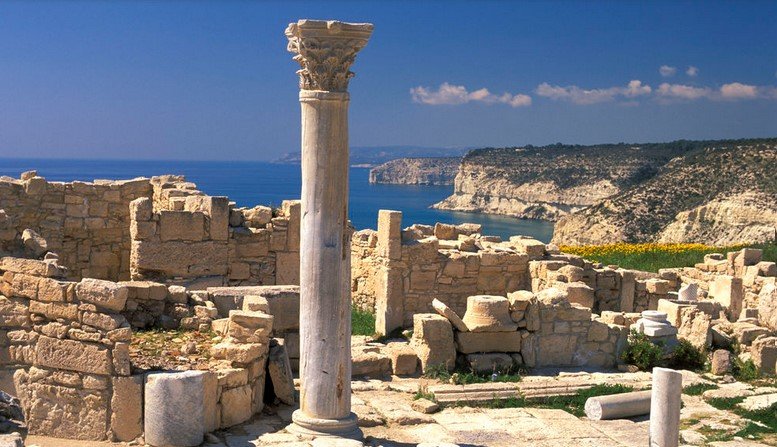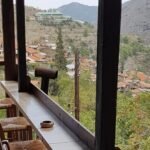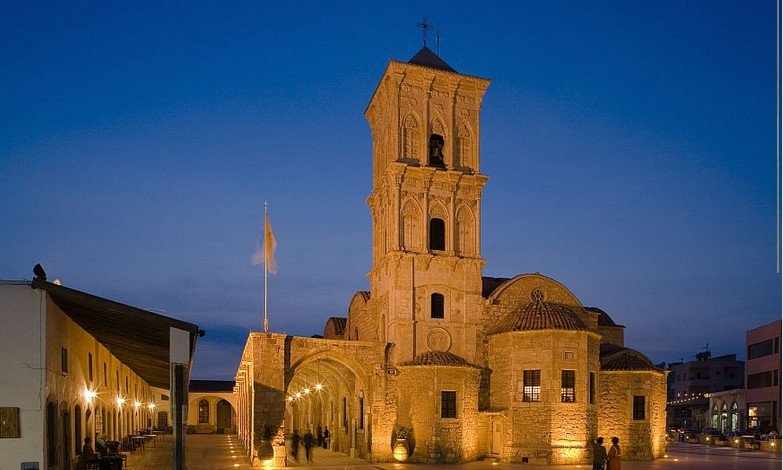Cyprus brims with history, yet some of its most fascinating sites remain off the beaten path. Beyond the popular tourist attractions, hidden gems offer deeper insight into the island’s complex past. These lesser-known historical sites provide unique experiences that bring Cyprus’ diverse heritage to life.

Ancient Amathus: A Forgotten City by the Sea
The ancient city of Amathus lies along the southern coast near Limassol. This ancient city dates back to the Iron Age and once served as a powerful kingdom. Unlike the more famous ruins like Kourion, Amathus remains relatively quiet, allowing visitors to explore its history in peace.
Wander through the ruins of the Temple of Aphrodite, where locals once worshipped the goddess of love, or marvel at the remains of the agora and bathhouses that served the bustling population centuries ago. Amathus offers a window into Cyprus’ pre-Greek past, blending mythology with everyday life. Additionally, its cliffside location provides stunning views of the Mediterranean.
Choirokoitia: A Neolithic Settlement
For those seeking an even older slice of history, Choirokoitia awaits. This Neolithic site, located between Larnaca and Limassol, inhabited around 7,000 BCE, stands as one of the earliest known human settlements on the island. Despite its age, Choirokoitia remains a hidden gem often overlooked by visitors.
Walking through this UNESCO World Heritage Site, you can see the foundations of round houses and learn about the island’s first agricultural communities. The site showcases the ingenuity of ancient people who developed sophisticated structures and agricultural techniques. A visit here offers a glimpse into how Cyprus’ earliest inhabitants lived, thousands of years before the rise of powerful empires.
Panagia tou Araka: A Byzantine Treasure
Cyprus boasts many famous churches, but Panagia tou Araka stands out for its beautiful Byzantine frescoes and its location in the Troodos Mountains. This small, unassuming church, built in the 12th century, hides some of the most well-preserved Byzantine frescoes in the Eastern Mediterranean.
Tucked away in the village of Lagoudera, Panagia tou Araka often bypasses tourists. However, stepping inside, you will find vibrant frescoes depicting religious scenes in exquisite detail. The church itself, a simple stone structure, offers an intimate setting for exploring Cyprus’ rich religious history. For those interested in Byzantine art, this hidden gem is well worth the detour.
Kalavasos-Tenta: Another Glimpse into the Neolithic Era
Close to Choirokoitia, Kalavasos-Tenta presents another lesser-known Neolithic site. While not as famous, this settlement offers another chance to explore the island’s ancient history. Dating back to 7,000 BCE, Kalavasos-Tenta features the remains of circular homes similar to those found at Choirokoitia.
The site’s key attraction is its large shelter that covers the excavation, allowing visitors to wander through the ruins while protected from the elements. The surrounding landscape, with rolling hills and proximity to the Vasilikos River, creates a peaceful backdrop for reflecting on the island’s ancient past. Despite its historical importance, Kalavasos-Tenta remains under the radar, making it perfect for history buffs looking for a quieter experience.
Famagusta’s Forgotten Ghost Town: Varosha
One of the most poignant historical sites in Cyprus is Varosha, the ghost town in Famagusta. Once a thriving tourist destination in the 1960s and 1970s, Varosha was abandoned during the 1974 Turkish invasion. Since then, it has remained frozen in time, serving as a haunting reminder of the island’s divided history.
Though visitors could not enter for decades, Varosha recently opened up for limited tours. Wandering through the abandoned streets, you will see hotels, homes, and shops left exactly as they were in 1974. This powerful, emotional experience offers a stark reminder of the island’s ongoing political challenges. While not a typical historical site, Varosha’s eerie silence speaks volumes about Cyprus’ recent history.
Kato Lefkara: A Village Stuck in Time
While Lefkara is famous for its lace and silverwork, the lower part of the village, Kato Lefkara, often gets overlooked. This hidden corner retains its traditional charm, featuring narrow stone streets and beautifully preserved architecture. Visiting Kato Lefkara feels like stepping back in time, with its untouched homes and tranquil atmosphere.
Kato Lefkara also houses some hidden historical gems, including the Church of the Holy Cross, which dates back to the 14th century. The village offers an authentic Cypriot experience, away from the more touristy upper Lefkara, making it a perfect spot for those looking to immerse themselves in local culture and history.
Conclusion: Discover Cyprus’ Hidden History
While Cyprus is famous for its iconic historical landmarks, the island’s hidden historical sites offer a unique and quieter glimpse into its past. From ancient cities and Neolithic settlements to abandoned towns and forgotten villages, these lesser-known sites reveal Cyprus’ rich and diverse history. Visiting these hidden gems not only provides a deeper understanding of the island but also allows for a more personal and peaceful exploration of its cultural heritage.











